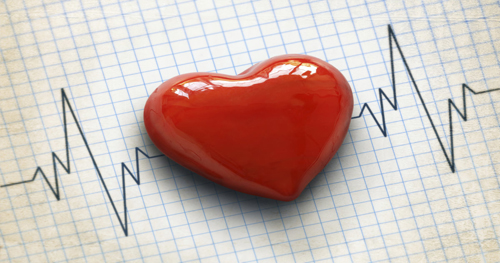
Infants and children who suffer cardiac arrest while in the hospital have a greater chance of survival if their blood pressure is maintained above certain threshold levels throughout cardiopulmonary resuscitation (CPR), according to a multisite study funded by the Eunice Kennedy Shriver National Institute of Child Health and Human Development (NICHD). The study is the first to address target blood pressure levels during CPR for infants and children. It appears online in the journal Circulation.
Background
Traditionally, when children suffer cardiac arrest, rescuers focus on chest compressions during CPR, trying to jumpstart the heart. Because laboratory studies have established that maintaining adequate blood pressure during CPR is important to successful resuscitation, rescuers are taught to “Push Hard and Push Fast” to save lives. However, more than 95 percent of the U.S. children who require CPR each year are in the intensive care unit of a hospital. These children are already connected to monitors tracking their “beat-to-beat” vital signs, such as arterial blood pressure and heart rate. While rescuers are trained to focus on the depth of compressions, researchers led by Robert A. Berg, M.D., at Children’s Hospital of Philadelphia and the University of Pennsylvania School of Medicine hypothesized that a more objective measure may lie on the hospital monitor—specifically arterial blood pressure levels.
Blood pressure measures how hard the heart is working to pump blood through the arteries. It is reflected by two numbers. The first number, called systolic blood pressure, measures the force of blood released when your heart beats. The second number, called diastolic blood pressure, measures the pressure in the arteries when your heart rests between beats. Most often, blood pressure numbers are written with the systolic number on top and the diastolic number on the bottom, such as 120/80 mmHg. The mmHg is millimeters of mercury—the units used to measure blood pressure. In this study, conducted by NICHD’s Collaborative Pediatric Critical Care Research Network, researchers focused on diastolic blood pressure, which they found to be a stronger predictor of survival.
Results
Researchers analyzed hospital monitors and charts of 164 children during CPR treatments at 11 U.S. hospitals from 2013 to 2016. They found that for infants, the optimal diastolic blood pressure should be maintained at greater than 25 mmHg during CPR. In children ages 1 and older, the optimal diastolic blood pressure should be greater than 30 mmHg.
When these blood pressure rates were maintained throughout the course of CPR, infants and children had a 70-percent greater likelihood of surviving and being discharged from the hospital and a 60-percent higher likelihood of surviving with favorable neurological outcomes. When the diastolic blood pressure values were lower than these levels, survival rates dropped markedly, the study found.
Significance
“These data provide a foundation to guide practitioners in administering effective CPR to infants and children,” said Dr. Berg. “We hope our findings will help inform pediatric guidelines to improve CPR performance and raise the chances of not only survival, but also survival with better long-term neurological function.”
Reference
Berg, RA, et al. Association Between Diastolic Blood Pressure During Pediatric In-Hospital Cardiopulmonary Resuscitation and Survival . Circulation.

 BACK TO TOP
BACK TO TOP